National parks offer some of America’s most breathtaking landscapes, but many have become victims of their popularity. Fortunately, several stunning parks still provide tranquil experiences away from tourists.
Here is a list of 20 national parks where you can find peace, quiet, and natural beauty without battling the crowds that plague more famous destinations.
Isle Royale National Park in Michigan

This remote island in Lake Superior receives fewer visitors in an entire year than Yellowstone welcomes in a single day. Accessible only by boat or seaplane, Isle Royale offers 165 miles of hiking trails through dense forests where you might spot moose and wolves but rarely other humans.
The park’s isolation is its greatest defense against crowds, creating a wilderness experience that feels genuinely untouched.
North Cascades National Park in Washington

Often overlooked in favor of Olympic or Mount Rainier, the North Cascades features alpine landscapes that rival the Swiss Alps. The jagged mountain peaks, over 300 glaciers, and turquoise lakes create a photographer’s paradise without the photography tour groups.
Hiking along Thunder Creek or Cascade Pass rewards visitors with stunning vistas you’ll likely enjoy in peaceful solitude.
Like Travel Pug’s content? Follow us on MSN.
Great Basin National Park in Nevada
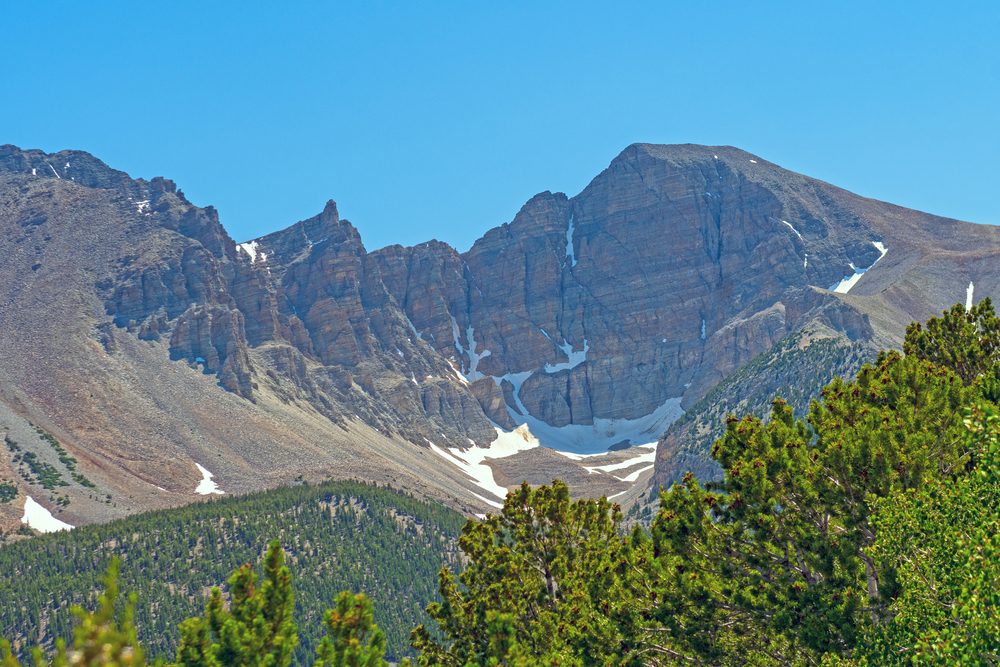
Nestled against the Utah border, Great Basin remains one of America’s least visited treasures despite housing ancient bristlecone pines and spectacular limestone caves. The park’s remote location, about 290 miles from Las Vegas, keeps the crowds at bay while offering outstanding stargazing opportunities in its International Dark Sky sanctuary.
Lehman Caves provide a cool underground retreat where guided tours rarely feel overcrowded.
Dry Tortugas National Park in Florida

Situated 70 miles west of Key West in the Gulf of Mexico, this park consists of seven small islands accessible only by boat or seaplane. The crystal-clear waters surrounding Fort Jefferson offer spectacular snorkeling without the reef traffic common at more accessible destinations.
History buffs can explore the massive 19th-century fort while beach enthusiasts might claim a stretch of perfect white sand.
Congaree National Park in South Carolina

This floodplain forest houses some of the tallest trees in the eastern United States within an old-growth bottomland ecosystem. The elevated boardwalk trail winds through a primeval landscape where cypress knees rise from blackwater swamps like ancient sculptures.
Fireflies create a magical, synchronous light display in late May and early June, yet the park remains pleasantly uncrowded even during this spectacular natural event.
Like Travel Pug’s content? Follow us on MSN.
Guadalupe Mountains National Park in Texas

Rising from the Chihuahuan Desert floor, the ancient marine fossil reef contains Texas’s four highest peaks and diverse ecosystems within its boundaries. Fall brings a spectacular display of changing colors in McKittrick Canyon that would draw enormous crowds in more accessible locations.
The park’s 80 miles of trails often provide solitary hiking experiences even during peak season.
Voyageurs National Park in Minnesota

A watery wonderland where travel primarily happens by boat across interconnected lakes, Voyageurs offers a genuine wilderness experience. The park’s 218,000 acres include more than 84,000 acres of water, creating countless private coves and islands to explore.
Winter transforms the landscape into a silent playground for cross-country skiing and snowshoeing beneath the dancing northern lights.
Lassen Volcanic National Park in California
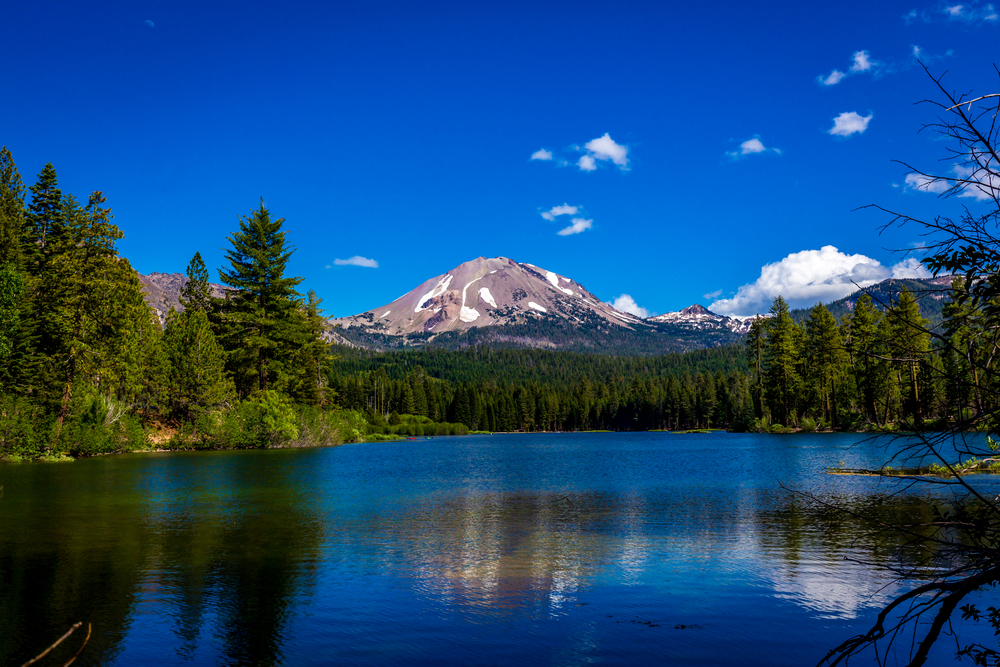
Despite featuring all four types of volcanoes found worldwide, Lassen remains surprisingly uncrowded compared to other California parks. Bubbling mud pots, steaming fumaroles, and crystal-clear mountain lakes create a landscape that feels otherworldly yet accessible.
The park road closes in winter, allowing visitors to snowshoe through a serene landscape that rarely sees footprints.
Like Travel Pug’s content? Follow us on MSN.
Wrangell-St. Elias National Park in Alaska
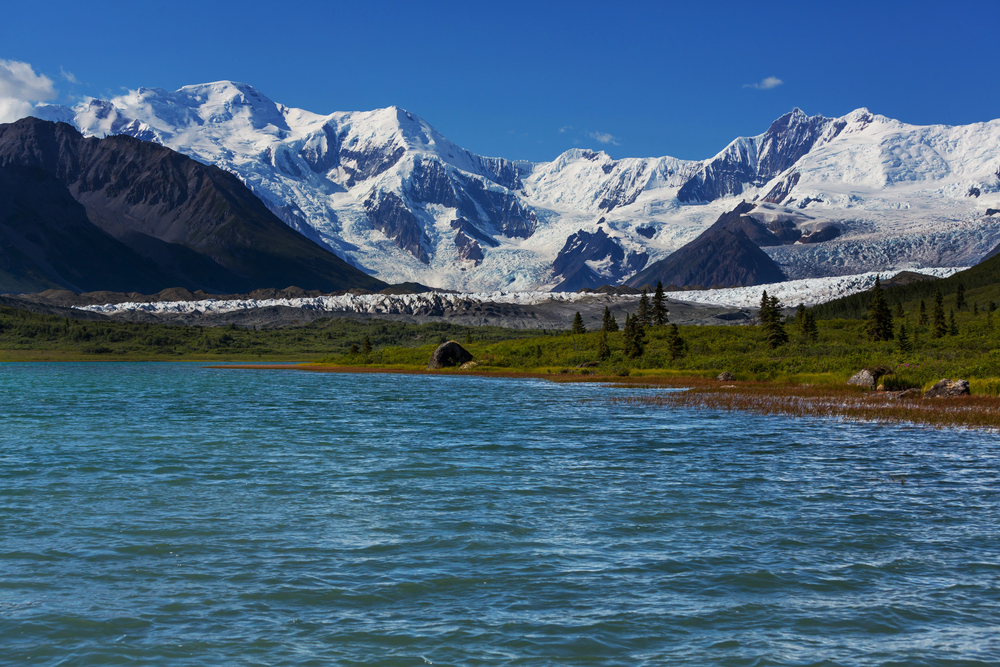
America’s largest national park covers over 13 million acres—larger than Switzerland—yet receives only a fraction of Yellowstone’s visitors. This vast wilderness contains massive glaciers, volcanic peaks, and wildlife roaming freely across untamed landscapes.
The remote location requires significant effort to reach, but rewards visitors with solitude on a scale difficult to find elsewhere in America.
Great Sand Dunes National Park in Colorado

The tallest dunes in North America rise surprisingly from the Colorado landscape, creating a playground far less crowded than you might expect. Morning visitors often find pristine dunes unmarked by footprints, while night brings spectacular stargazing opportunities away from light pollution.
Seasonal Medano Creek creates a beach-like environment at the dunes’ base, where families splash in shallow water without the crowds of coastal beaches.
Channel Islands National Park in California
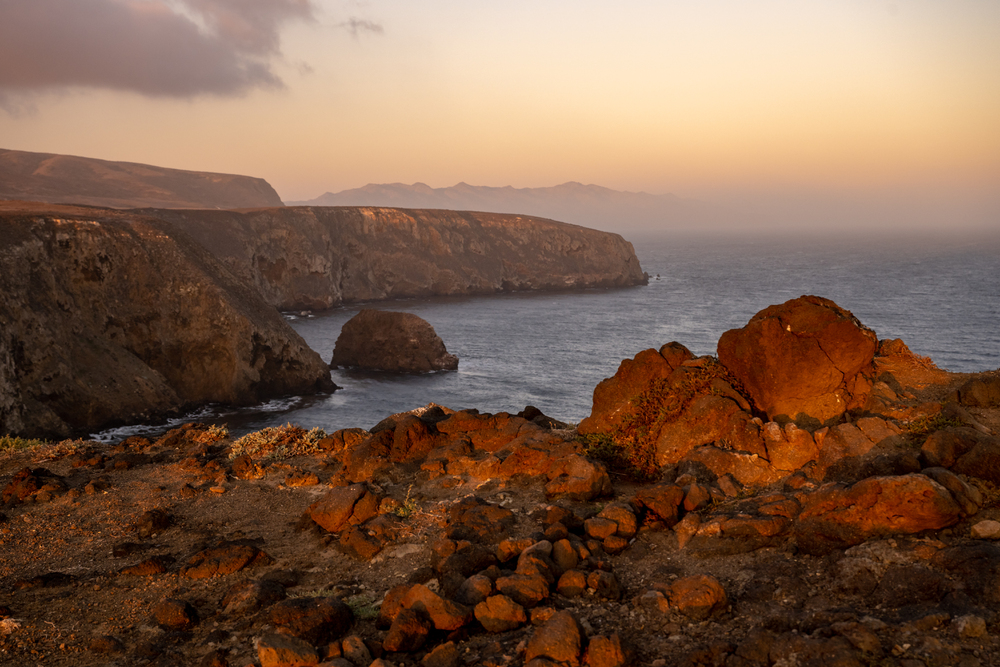
Just off the busy Southern California coast lie five islands that feel worlds away from the mainland’s hustle. Marine life thrives in the protected waters, offering world-class snorkeling and diving without the reef traffic common at popular destinations.
The islands’ isolation—accessible only by boat—naturally limits visitation and preserves the peaceful atmosphere that disappeared from mainland beaches decades ago.
Like Travel Pug’s content? Follow us on MSN.
Pinnacles National Park in California
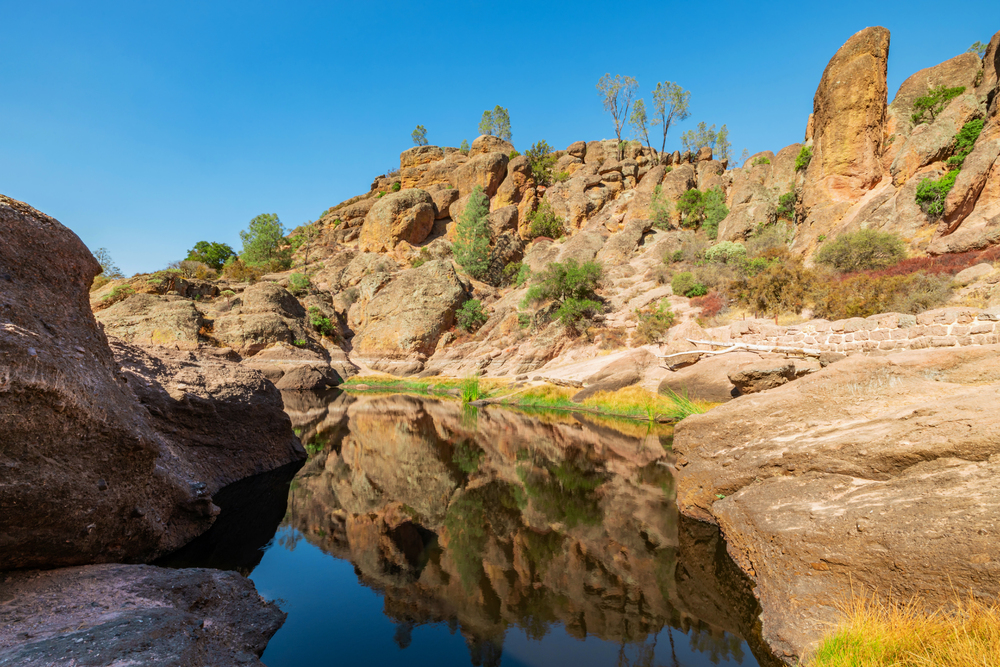
Split into two distinct sections connected only by a trail, this volcanic landscape features towering rock formations and talus caves, unlike anything else in California. The park’s compact size and relative proximity to San Francisco would suggest crowds, yet visitation remains surprisingly manageable.
Rock climbers appreciate the challenging routes while hikers enjoy spotting California condors soaring overhead without battling for parking spaces.
Black Canyon of the Gunnison National Park in Colorado

The steep, narrow gorge plunges 2,700 feet to the Gunnison River below, creating some of the most dramatic scenery in Colorado. The vertiginous black walls feel imposing yet rarely attract the crowds found at more famous canyons.
Gazing down at the river from Painted Wall overlook inspires awe without requiring you to jostle for position among photographer tripods.
Katmai National Park in Alaska

Famous for bears catching salmon at Brooks Falls, Katmai offers much more across its 4 million acres of wilderness. The Valley of Ten Thousand Smokes resulted from one of the largest volcanic eruptions of the 20th century, creating an ash-filled valley that resembles a lunar landscape.
Access limitations naturally restrict visitation, ensuring encounters with wildlife happen without the viewing platforms becoming overcrowded.
Like Travel Pug’s content? Follow us on MSN.
Canyonlands National Park in Utah

While nearby Arches draws continual traffic, the vast landscape of Canyonlands maintains a peaceful atmosphere across its four distinct districts. The Maze district remains one of America’s most remote areas, requiring serious 4WD skills and self-sufficiency to explore.
Even the more accessible Island in the Sky provides expansive vistas across colorful canyons without the viewing platform crowds common at other parks.
Redwood National Park in California

Though famous for housing the world’s tallest trees, Redwood National Park spreads visitors across a patchwork of forested land interspersed with state parks. Walking among ancient giants along Fern Canyon or through Lady Bird Johnson Grove often provides moments of solitude that seem impossible in such a remarkable landscape.
The coastal sections offer misty beaches where Roosevelt elk graze peacefully near the shoreline.
Big Bend National Park in Texas

The remote location in west Texas ensures Big Bend remains one of America’s least crowded parks despite containing mountains, desert, and the Rio Grande River. The vast landscape offers endless exploration opportunities across diverse ecosystems ranging from river canyons to high-country forests.
Night brings some of the darkest skies in the lower 48 states, perfect for stargazing without competing for telescope space.
Like Travel Pug’s content? Follow us on MSN.
Gates of the Arctic National Park in Alaska

The northernmost national park contains no roads, trails, or visitor facilities—just undisturbed wilderness spanning 8.4 million acres. Accessed only by bush plane or hiking, this park represents wilderness in its purest form, where visitors become temporary participants in an ecosystem that functions largely without human presence.
The extraordinary effort required to visit ensures solitude for those willing to journey.
Capitol Reef National Park in Utah
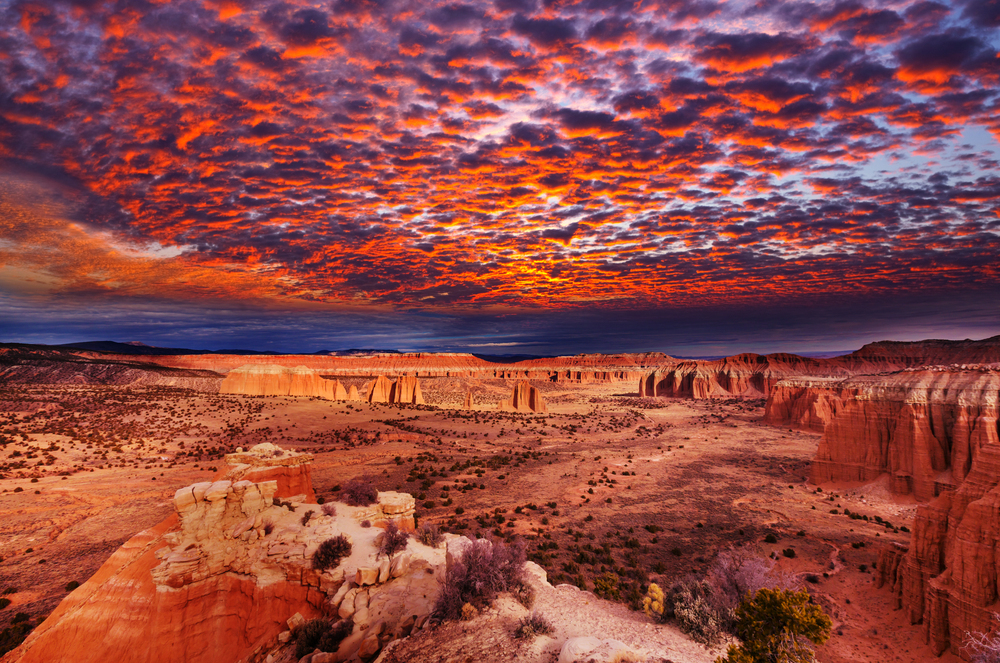
Sandwiched between Utah’s more famous parks, Capitol Reef contains the Waterpocket Fold, a 100-mile wrinkle in Earth’s crust that creates spectacular rock formations. Orchards planted by early settlers offer a unique opportunity to pick fresh fruit within a national park during harvest season.
The park’s long, narrow shape effectively disperses visitors, creating numerous opportunities for solitary hiking even during peak months.
Wind Cave National Park in South Dakota
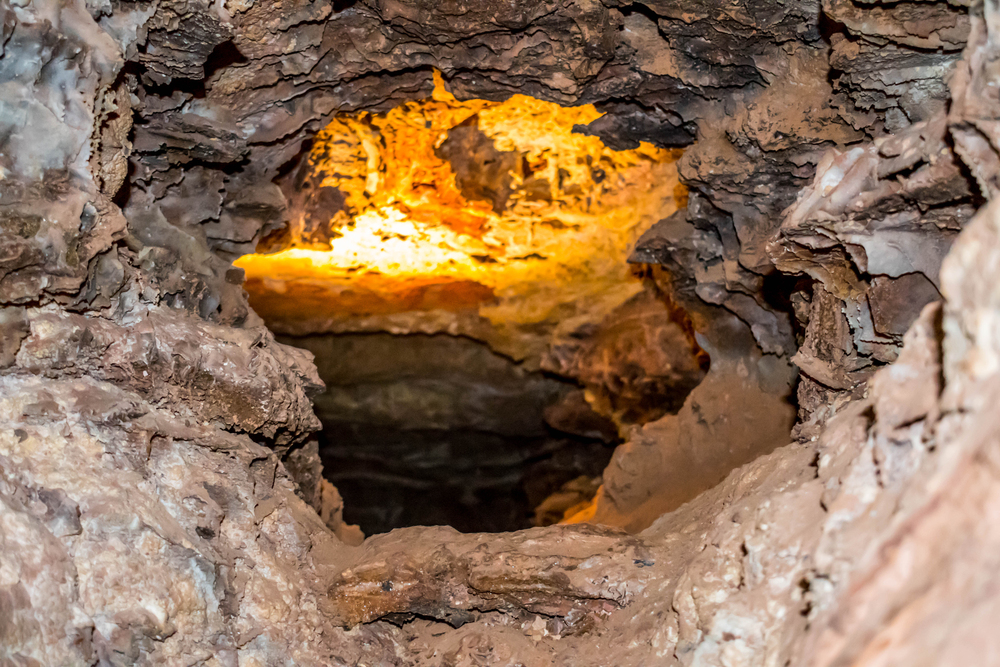
While nearby Mount Rushmore draws constant crowds, Wind Cave offers two distinct experiences with minimal wait times. Below ground, one of the world’s most complex cave systems features rare boxwork formations in chambers that never feel overcrowded during guided tours.
Above ground, mixed-grass prairie provides habitat for bison, elk, and prairie dogs across rolling hills that receive just a fraction of Black Hills visitors.
Like Travel Pug’s content? Follow us on MSN.
The Call of Quiet Places

These peaceful parks represent America’s best-kept secrets—places where nature’s grandeur remains accessible without the infrastructure and crowds that can diminish wilderness experiences.
As visitation to famous parks continues to break records each year, these quieter alternatives offer something increasingly precious: the chance to experience spectacular landscapes in contemplative silence. Their continued existence reminds us that sometimes the most meaningful encounters with nature happen away from the beaten path.
More from Travel Pug

- Cities Growing so Fast You Won’t Recognize Them in 10 Years
- 13 Destinations Where Tourists Regularly Regret Their Trip
- 16 U.S. Cities That Are Quietly Becoming Travel Hotspots
- Where to Travel If You Love Long Bus Rides and Daydreams
- 20 Cities Perfect for Solo Travelers Who Crave Adventure & Culture
Like Travel Pug’s content? Follow us on MSN.
